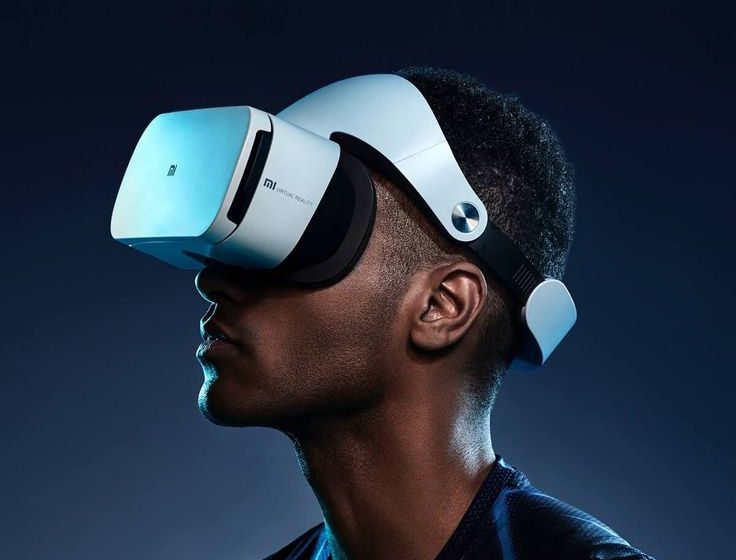Introduction
Virtual Reality (VR) and Augmented Reality (AR) have rapidly evolved from science fiction concepts to tangible technologies, reshaping industries and redefining user experiences. This article delves into the applications of VR and AR across gaming, education, healthcare, and business, highlighting their potential to transform the way we interact with the digital world and physical reality.
VR and AR: A Technological Overview
Before exploring their applications, it’s essential to understand the fundamental differences between VR and AR.
- Virtual Reality (VR): Immersive technology that creates a simulated environment, often requiring specialized headsets. Users are transported to a completely digital world, interacting with virtual objects and characters.
- Augmented Reality (AR): Overlays digital information onto the real world, enhancing the user’s perception. AR experiences can be accessed through smartphones, tablets, or dedicated AR glasses.
The Gaming Revolution
The gaming industry has been at the forefront of adopting VR and AR technologies.
- Immersive Gaming Experiences: VR has transformed gaming, offering players unparalleled immersion in virtual worlds. From action-packed adventures to interactive storytelling, VR games provide a level of engagement previously unattainable.
- Enhanced Gameplay: AR enhances gaming experiences by overlaying digital elements onto the real world. Mobile games incorporating AR have become immensely popular, encouraging players to explore their surroundings while engaging in virtual challenges.
Education Reimagined
VR and AR have the potential to revolutionize education by creating engaging and interactive learning environments.
- Virtual Field Trips: Students can explore historical sites, distant planets, or underwater ecosystems without leaving the classroom.
- Interactive Learning Experiences: AR can bring textbooks to life, allowing students to visualize complex concepts and conduct virtual experiments.
- Skill Training: VR can be used to simulate real-world scenarios, such as medical procedures or flight simulations, providing hands-on training opportunities.
Healthcare Innovations
The healthcare industry is leveraging VR and AR to improve patient care and medical training.
- Pain Management: VR has shown promise in reducing pain perception, offering a distraction technique for patients undergoing painful procedures.
- Medical Training: VR simulations provide realistic training environments for medical professionals, allowing them to practice complex procedures without risk to patients.
- Mental Health Treatment: VR-based therapies are being explored for treating phobias, anxiety disorders, and post-traumatic stress disorder (PTSD).
- Surgical Planning: AR can overlay patient data onto the surgical field, providing surgeons with real-time information during procedures.
Transforming Business
VR and AR are reshaping business operations and customer experiences.
- Product Visualization: AR allows customers to visualize products in their own environment, enhancing the shopping experience.
- Employee Training: VR can be used to simulate workplace scenarios, improving employee safety and efficiency.
- Real Estate: Virtual property tours enable potential buyers to explore properties remotely, saving time and resources.
- Marketing and Advertising: Immersive experiences created through VR and AR can captivate audiences and leave a lasting impression.
Challenges and Future Outlook
While VR and AR offer immense potential, several challenges need to be addressed:
- Hardware Limitations: High costs and limited availability of VR and AR devices can hinder widespread adoption.
- Content Development: Creating high-quality VR and AR content requires specialized skills and resources.
- User Experience: Ensuring comfort and preventing motion sickness is crucial for VR experiences.
Despite these challenges, the future of VR and AR is promising. As technology advances and costs decrease, we can expect to see even more innovative applications emerge across various industries.
Conclusion
VR and AR are transforming the way we live, work, and learn. Their ability to create immersive and interactive experiences has far-reaching implications. As technology continues to evolve, we can anticipate even more groundbreaking applications of VR and AR, shaping the future of human interaction with the digital world.

